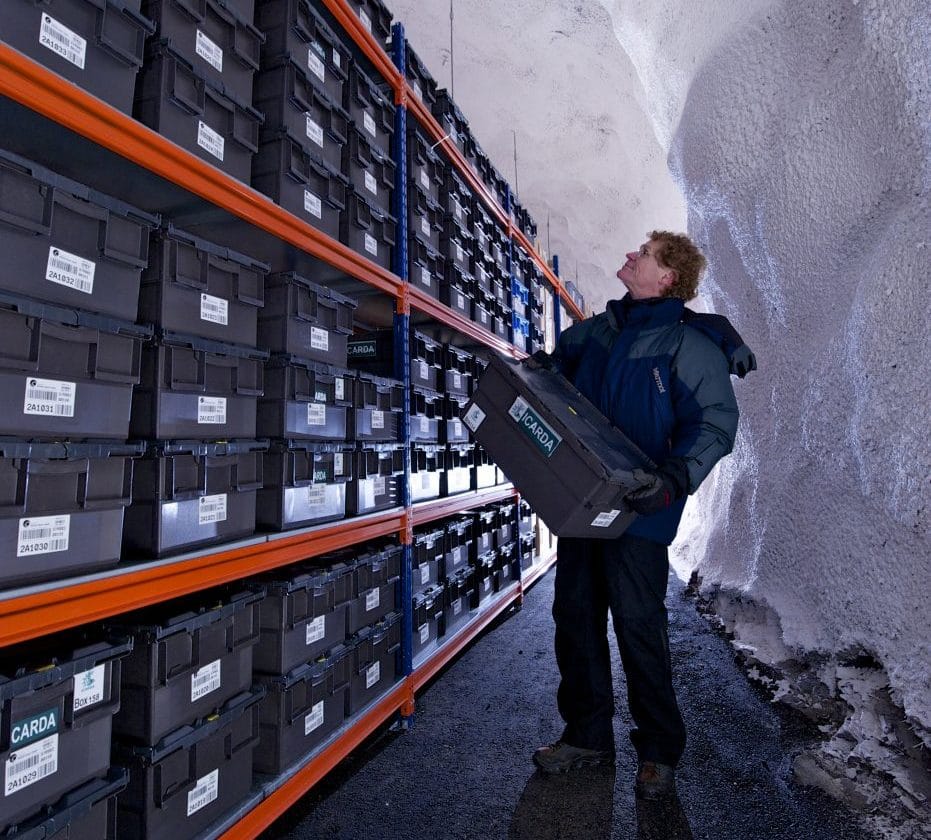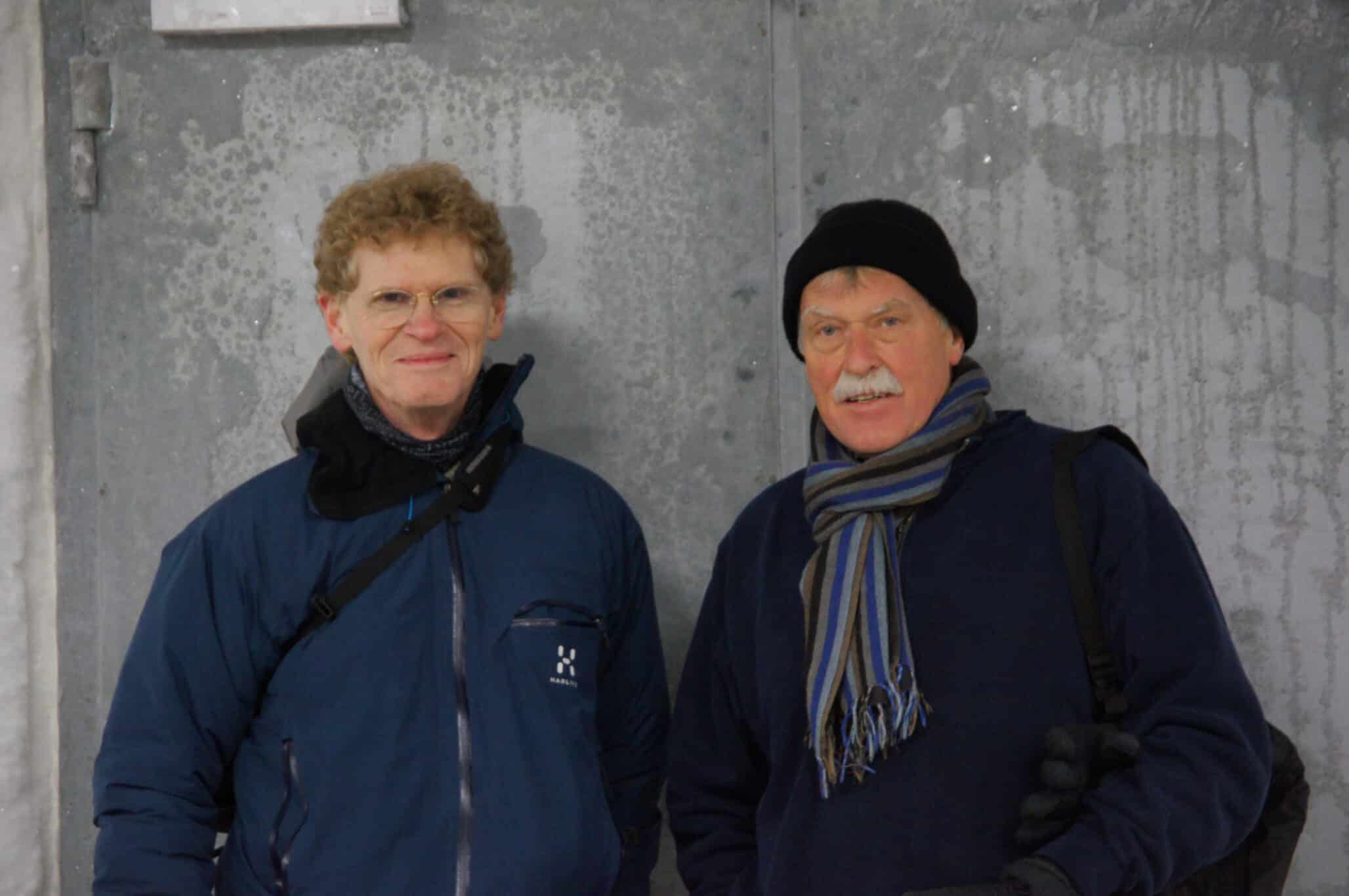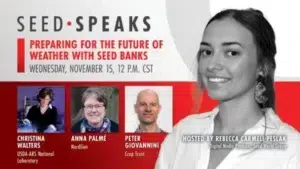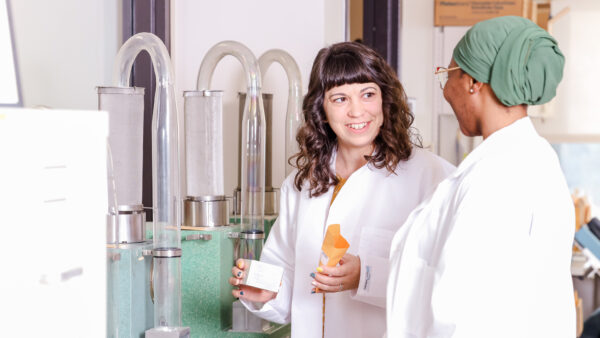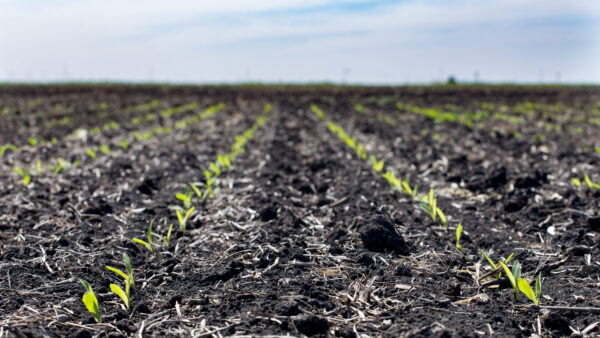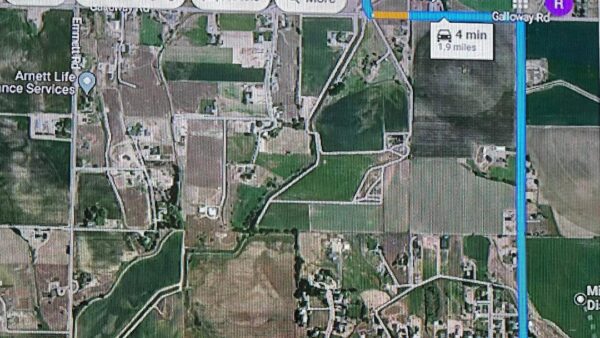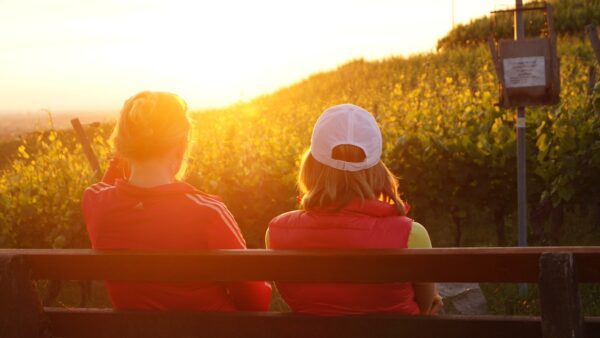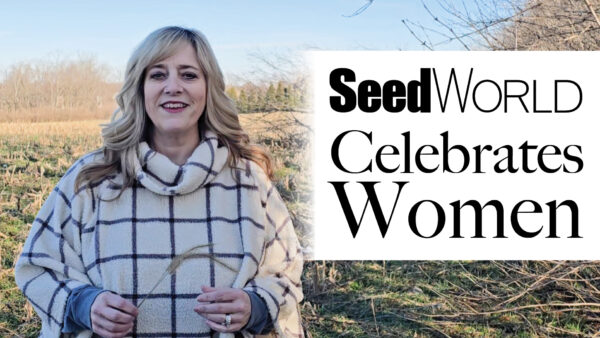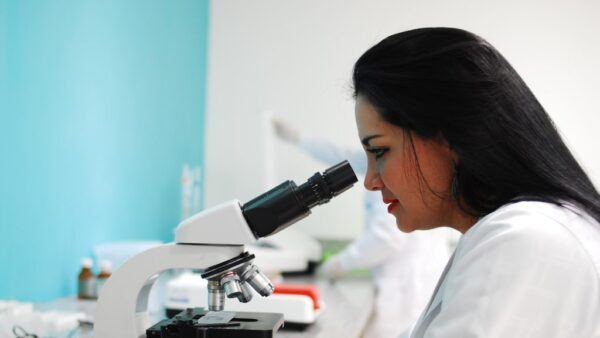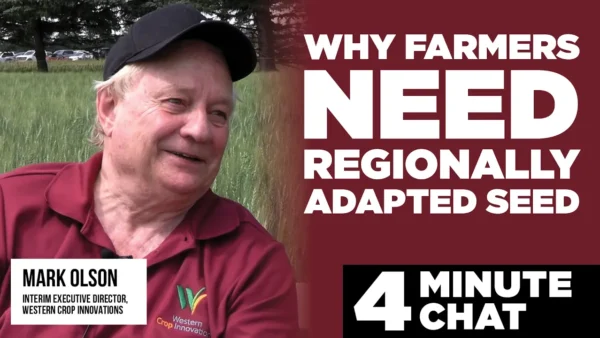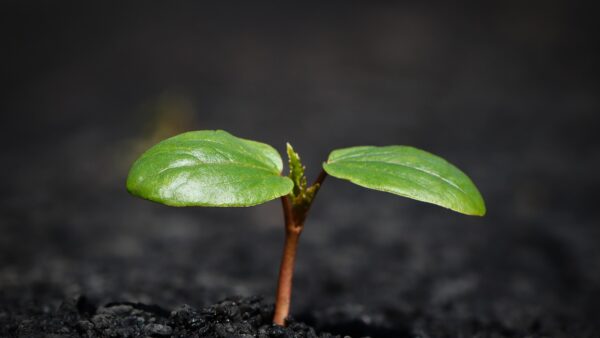With climate change looming over our crops, preserving crop diversity is the No. 1 priority for Cary Fowler.
“The greatest service which can be rendered any country is to add a useful plant to its culture.”
It seems only fitting to open up with the quote from Thomas Jefferson when discussing Cary Fowler, who received the 2018 recipient of the Thomas Jefferson Foundation Medal in Citizen Leadership.
However, Fowler takes this quote to the next level.
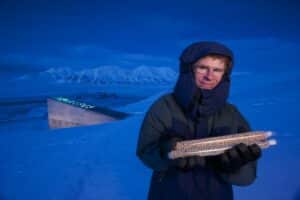
In February 2008, Fowler helped to open the Svalbard Global Seed Vault. Currently, the Svalbard Global Seed Vault contains 968,557 samples of different crop varieties from 239 different countries. Within each sample, there are about 500 seeds.
Fowler believes his love of crop diversity began with trips to his grandmother’s farm outside Jackson, Tenn. His great-grandfather was instrumental in opening the University of Tennessee Experiment Station, which trialed a variety of different crops.
“Every year, the experiment station would have a barbeque and we’d look at the different varieties, so my grandmother could decide which different seeds she could get for her farm,” Fowler says. “I believe that the things you grow up with are so deeply important to you on an emotional level, and my profession ended up tapping into that family history.”
In the 70s, Fowler began to realize his passion for protecting crop diversity more. “I was drawn to the work of Dr. Jack Harlan, who was president of the Crop Science Society of America,” Fowler says. “He was speaking about the loss of genetic diversity in plant breeding, which really resonated with me.”
However, Fowler says that two events helped lead him to his major project: September 11 and Hurricane Katrina.
“9/11 taught us that no one place on Earth is completely safe,” Fowler says. “Katrina taught us that even if we know a disaster could happen, there’s always more we can do to prepare for it. It dawned on me during Katrina that I was ‘one of those experts’ that could be doing more.
“I thought something quite bad could happen to one of our seed banks, and we needed to get serious about having a safety duplicate of all our collections.”
Yet, Fowler wouldn’t call this endeavor a “doomsday” vault, as it was later dubbed. “I was shocked when this title was first used,” Fowler says. “Those of us who worked on the Global Seed Vault never thought of it that way, but it’s had some positive and negative effects.”
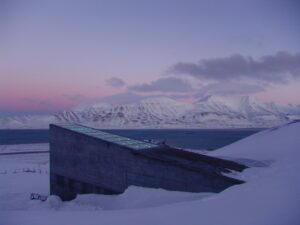
Fowler says that when Svalbard was dubbed a “doomsday” vault by the media, it got everyone’s attention in a way they never dreamed. “We welcomed the attention because it’s an important topic that policymakers should know about,” Fowler says. “At the same time, it’s, of course, a little doomsday-ish, which isn’t accurate. It makes me wonder, ‘What exactly do you think is going to happen?'”
However, Fowler does concede that if there were some type of regional or larger catastrophe, the seed vault would come in handy.
“In reality, while working with crop varieties, doomsday can come every day,” says Fowler. “We still don’t have a perfect crop diversity protection system.”
For example, Fowler notes that in the U.S., we only have around 5 percent of the world’s wheat collection. “What are the chances that those 5 percent will be sufficient for the world, or would the other 95 percent be useful? We’re our brother’s keepers. We need to be concerned for these other samples in other gene banks.”
“Conserving the genetic diversity of crops is a reasonably easy thing to do; it’s much more expensive to lose the diversity,” Fowler says, “because it deprives farmers of the pest and disease resistance and other traits they need in their crops.”
Unlike other seed banks in the world, the Svalbard Global Seed Vault is tunneled into a mountain, and it’s the most northern point that you could fly on a commercial airline. It’s remote, but still accessible. Fowler also notes that it’s an extremely cold area, which means the seed vault doesn’t depend completely on machinery to freeze the samples.
“At the time, I was based in Norway,” Fowler says. “It was a trusting country. Fifteen years ago, creating a global seed vault seemed like a reasonable idea, but also an equally crazy one. It was difficult to approach a government and say, ‘We’d like to build a tunnel in a mountain and put seeds in it.’ But, Norway understood the importance, approved the project, and paid for the construction of the seed vault.”
Besides the unique location, Fowler notes that the Svalbard Seed Vault is also purely a back-up plan. Unlike other seed banks, there’s no redistribution to serve plant breeders directly. “We’re purely an insurance policy for the seed banks that do serve plant breeders,” Fowler says.
The vault contains just under a million samples, ranging from row crops to vegetables to grazing crops. “We have over 150,000 wheat varieties, 150,000 rice varieties and 30,000 samples of beans,” says Fowler. “It contains all crops that relate to food and agriculture.”
Fowler isn’t one not to practice what he preaches. He lives in New York on his own farm, where he has more than 130 varieties of apples, a herd of Red Pole cattle and a flock of Buckeye chickens.
“I also play around with breeding a variety of grass pea in my free time,” says Fowler. “My wife is a serious gardener and writer, as well. She’s working on a book about peppers. She grows a lot of older varieties and documents them with field notes on their history, how to grow them and their use. Last year, she grew around 500 varieties of peppers.”
But, even with the Svalbard Seed Vault and Fowler’s efforts, there’s still more that seed businesses can do to help conserve crop diversity.
“What I’ve tried to do with my life is really a service to the seed industry. It goes without saying that I think it’s important,” Fowler says. “Even though I haven’t been a direct member of the industry, I certainly admire it.
“This genetic diversity is critical to seed companies — it’s the foundation of their business. If seed companies can provide more education and more advocacy for preserving crop diversity, that would be a great help. Conserving diversity 49 out of 50 years isn’t good enough. We need to conserve 50 out of 50 years.”


